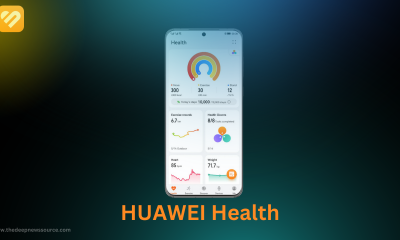News
Breaking: OnePlus 9 series will launch with two years official warranty

As we know that, the OnePlus has ready to launch its upcoming OnePlus 9 series on March 23, 2021. Ahead of the launch, so much news comes out to its all models and our team also provides you so many leaks about the OnePlus 9 series smartphone. Now the one of the great news comes out for OnePlus users while those users as well who have shown the interest to buy these great series.
As per the official announcement by the OnePlus CEO Liu Zuohu the latest OnePlus 9 series smartphone will launch with two years manufacturing warranty. We know that every smartphone manufacturer will provide one-year warranty service to its smartphone but this is the first time happened any smartphone maker provided the two years brand warranty.
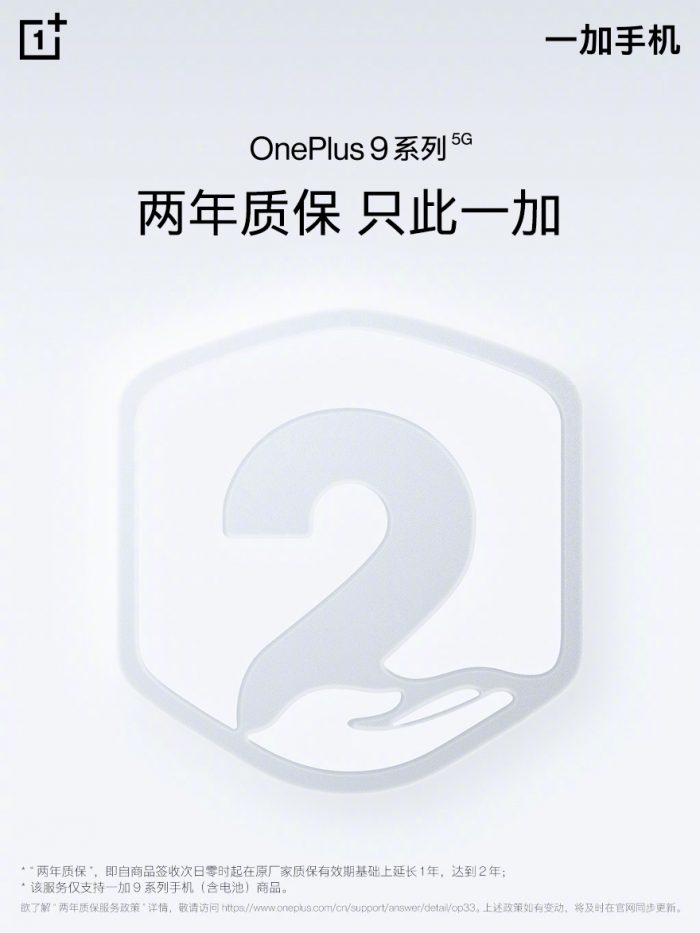
The two-year brand warranty plan created by the company may attract more users. Liu Zuohu posted on social media that the “I decided to announce a decision that may offend the industry: OnePlus 9 series models will enjoy 2 years of official warranty service! Double the time than the official industry warranty.”
The OnePlus CEO also tell that the report of the survey shows the smartphone replacement cycle is about two years but the all the company has provided a one-year replacement service which according to the survey is given less than 1 full year. “So this is equivalent to buying our new product, and almost the entire life cycle of use can enjoy the official warranty.” Also, one more piece of news comes out the OnePlus 9 series new smartphone launch event will be held at the Shanghai Oriental Sports Center on March 24.
ONEPLUS 9 LEAKED SPECIFICATION:
As per the leaked specification, the OnePlus 9 will sport a 6.55-inch FHD + AMOLED display, which can have a display refresh rate of 120 Hz. The smartphone will run on Android 11 which is based on OxygenOS 11 out of the box. It will be equipped with a Snapdragon 888 processor and powered by a 4500mAh battery which supports 65W fast charging.
If we talk about the camera section, it will see a triple rear camera setup and the primary sensor will be 48MP, the second 50MP ultraviolet lens and the last 2MP macro sensor. The smartphone will support the 5G network and it will available with 8GB of RAM and 128GB of storage.
ONEPLUS 9 PRO LEAKED SPECIFICATION:
As per the report, the OnePlus 9 Pro will be the top variant of this series which comes with a 6.7-inch QHD + curved AMOLED display and it has a display refresh rate of 120Hz. The smartphone will be powered by Qualcomm Snapdragon 888 processor and packed with a 4500mAh battery, which also supports a 65W Warp Charging, 45W wireless charging as well as reverse wireless charging.
Now come to the camera section, the OnePlus 9 Pro could become with a 16MP Sony IMX471 front camera for selfies and video chats. On the backside smartphone equipped with a quad-camera setup and it has a 48MP Sony IMX789 Hasselblad primary sensor paired with a 50MP IMX766 FFL fixed focus camera, an 8MP OmniVision telephoto lens with 3.3x optical zoom, and a 2MP depth sensor.
The OnePlus 9 Pro also based on Android 11 and the Oneplus latest operating system OxygenOS 11. The smartphone will see with 5G connectivity and it will come with 12 GB RAM and 512 GB storage.
Read More:
- OnePlus Watch will Launch on March 23 along with OnePlus 9 series
- OnePlus 9 series expected price and specification
- OnePlus 9 and 9 Pro passed into the Geekbench with Snapdragon 888, 12GB RAM
- Download the OnePlus 9 wallpapers and live wallpapers before the launch
- leaked: OnePlus 9 Pro comes with 48MP main, 50MP wide-angle lens, and more
- The OnePlus 9 series will be unveiled on March 23, according to OnePlus Official
IF YOU LIKED OUR ARTICLE, YOU CAN FOLLOW US ON OUR GOOGLE NEWS AND TELEGRAM CHANNEL ALSO YOU CAN JOIN OUR DISCUSSION GROUP ON TELEGRAM.
News
Samsung Expands DIY Repair Program to Include Galaxy S23, Z Fold 5, Flip 5, and More
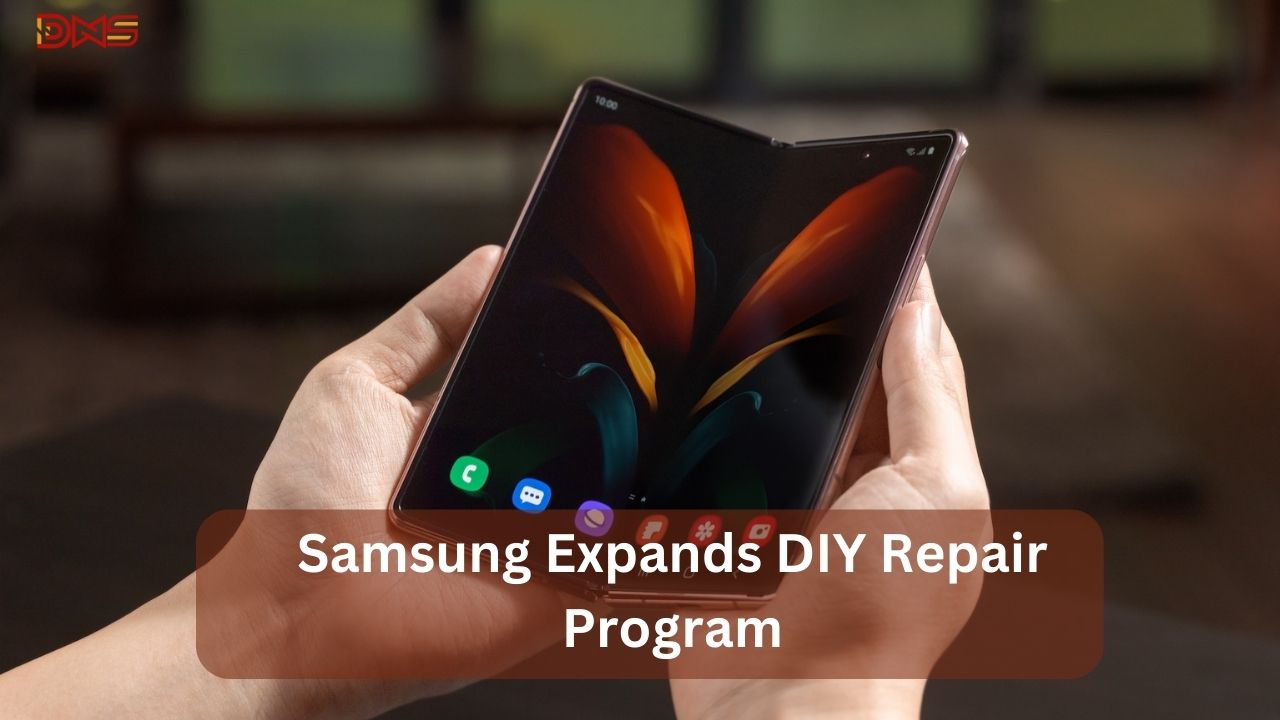
Samsung is making it easier for users to fix their devices by expanding its DIY repair program. In a recent announcement, Samsung shared that over a dozen new devices will be included in the Self-Repair program. Among them are the Galaxy Z Fold 5 and Galaxy Z Flip 5, marking the introduction of DIY repair options for Samsung’s foldable phones.
The Self-Repair program will provide users with access to parts and guides for fixing their devices at home. Samsung [Samsung Newsroom Post] is taking a step towards empowering users to take control of their device maintenance, offering support for popular devices like the Galaxy Z Fold 5 and Galaxy Z Flip 5 in this latest expansion.
Until now, Samsung mainly provided DIY repair options for its regular smartphones, tablets, and laptops. However, when it came to the more intricate foldable models like the Galaxy Fold and Flip, the company limited users to professional repair services due to the complexity of these devices.
Now, in a noteworthy move, Samsung is expanding its DIY repair support to include its foldable models, starting with the Galaxy Z Fold 5 and Galaxy Z Flip 5. This means users will soon have the option to tackle repairs at home, marking a shift in Samsung’s approach to empower users in maintaining and fixing their foldable devices.
This development follows Google’s recent introduction of DIY repair options for its Pixel Fold, though it’s worth noting that repair parts for the Pixel Fold can be relatively expensive, such as the inner screen alone costing $900. As Samsung joins the DIY repair trend for foldables, it’ll be interesting to see how this impacts the accessibility and affordability of maintaining these innovative devices.
The full list of new Self-Repair options for Galaxy devices includes:
- Galaxy Z Fold 5
- Galaxy Z Flip 5
- Galaxy S23
- Galaxy S23+
- Galaxy S23 Ultra
- Galaxy S23 FE
- Galaxy A05s
- Galaxy Tab S9
- Galaxy Tab S9+
- Galaxy Tab S9 Ultra
- Galaxy Tab S9 FE
- Galaxy Tab S9+ FE
- Galaxy Tab A9
- Galaxy Tab A9+
- Galaxy Book 2 Pro (15-inch)
- Galaxy Book 2 Pro 360 (15-inch)
Samsung is making its Self-Repair program available to more people around the world. The program is spreading to South Korea and over 30 European countries, including places like Denmark, Greece, Hungary, and Portugal. However, it’s important to note that, as of now, these new devices are not yet supported in the United States, and parts are not available from Samsung’s retail partner, iFixit.
via:- 9to5google/samsungnewsroom/ifixit
Huawei
Huawei Quick App Center gets the latest version 13.5.1.201 [APK]
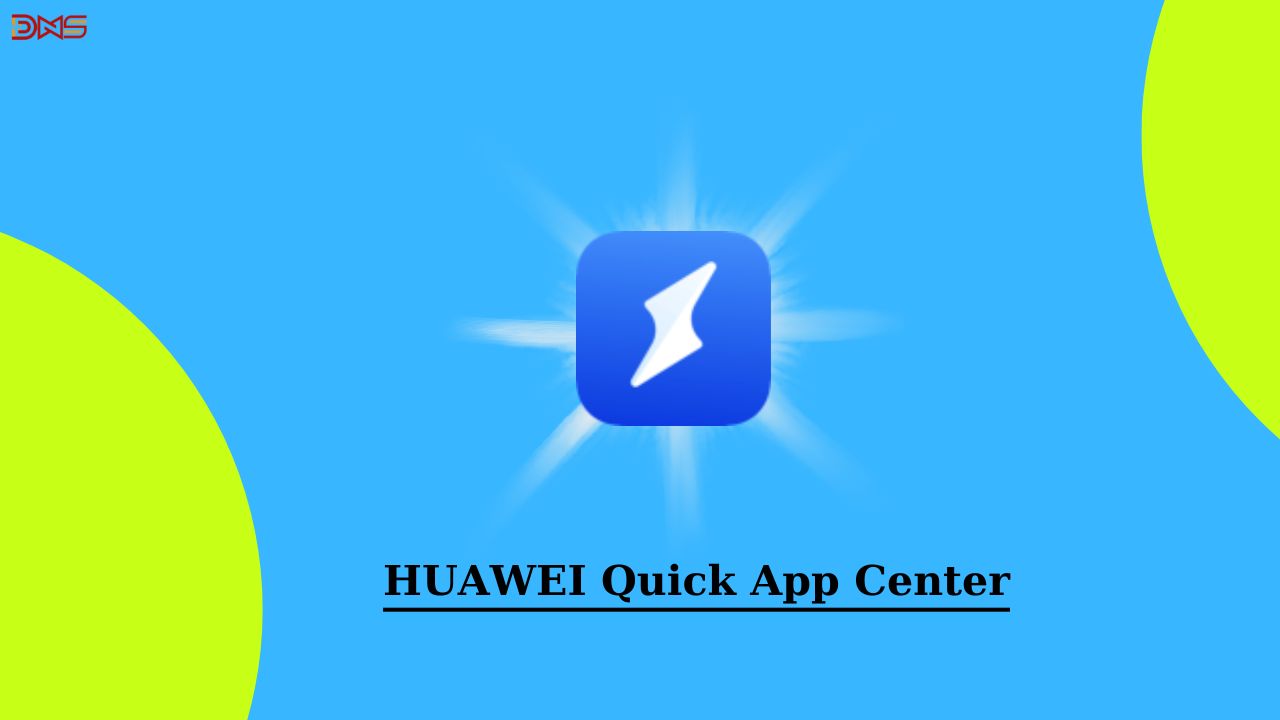
Huawei has recently revamped its pre-installed applications, including Huawei Health, Huawei Assistant, and AppGallery. The latest update introduces the Huawei Quick App Center, marking a significant change. This update reflects Huawei’s commitment to enhancing user experience and providing streamlined access to applications.
The latest update for the Quick App Center app comes with version number 13.5.1.201 and the installation size is 74.01 MB. With this new update, the company has fixed some known issue bugs. For a better app experience, you should install this latest build on your Huawei devices, below you can check the download link.
SOFTWARE INFORMATION:-Application name:
Update Version:
Update Size:
|
DOWNLOAD LINK:-
| Huawei Quick App Center V13.5.1.201 APK |
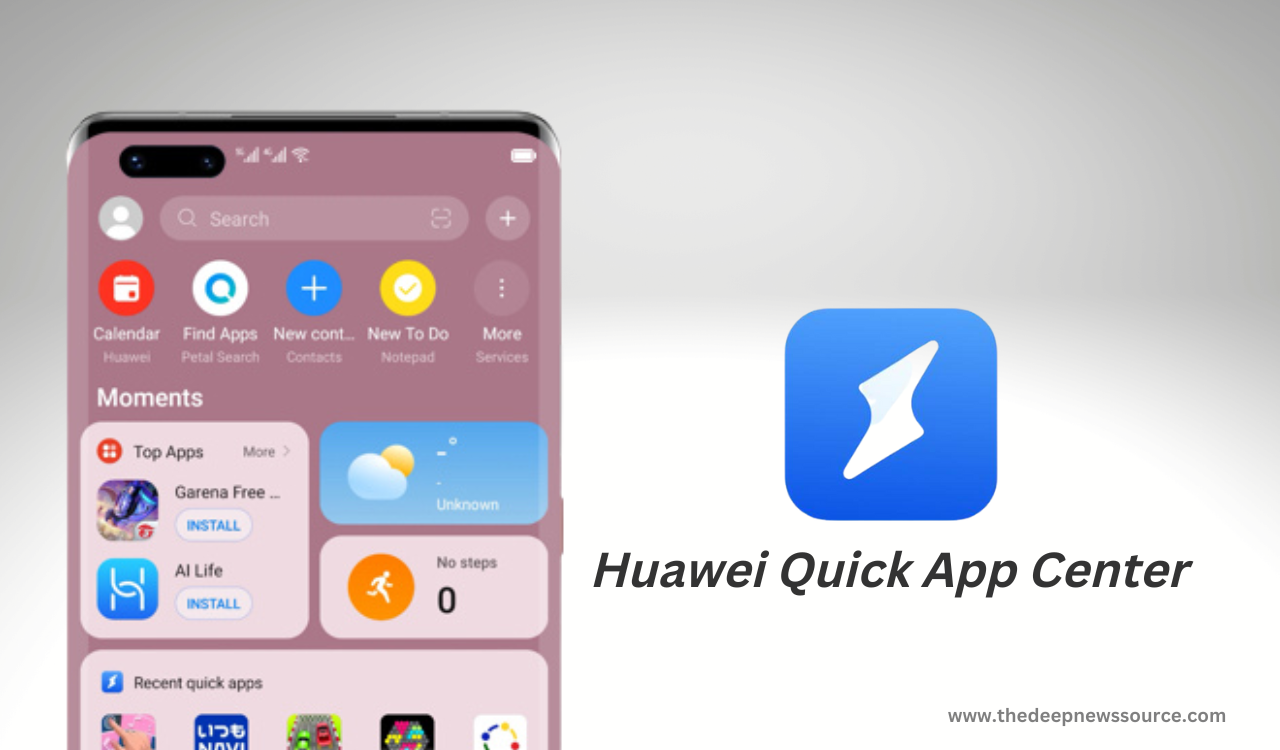
HUAWEI QUICK APP CENTER:-
As per the official introduction, the Huawei Quick app Center allows users to use and manage apps without installation. Also, this application provides the feature to create the app shortcut on your device’s Home Screen. The best part of the Quick app is that it takes up very little space on your device and it has been updated automatically to increase your work experience.
| Telegram | Google News | TwitterX |
Harmony OS
HarmonyOS NEXT Lands in 2024: Huawei CEO Sets Big Goals
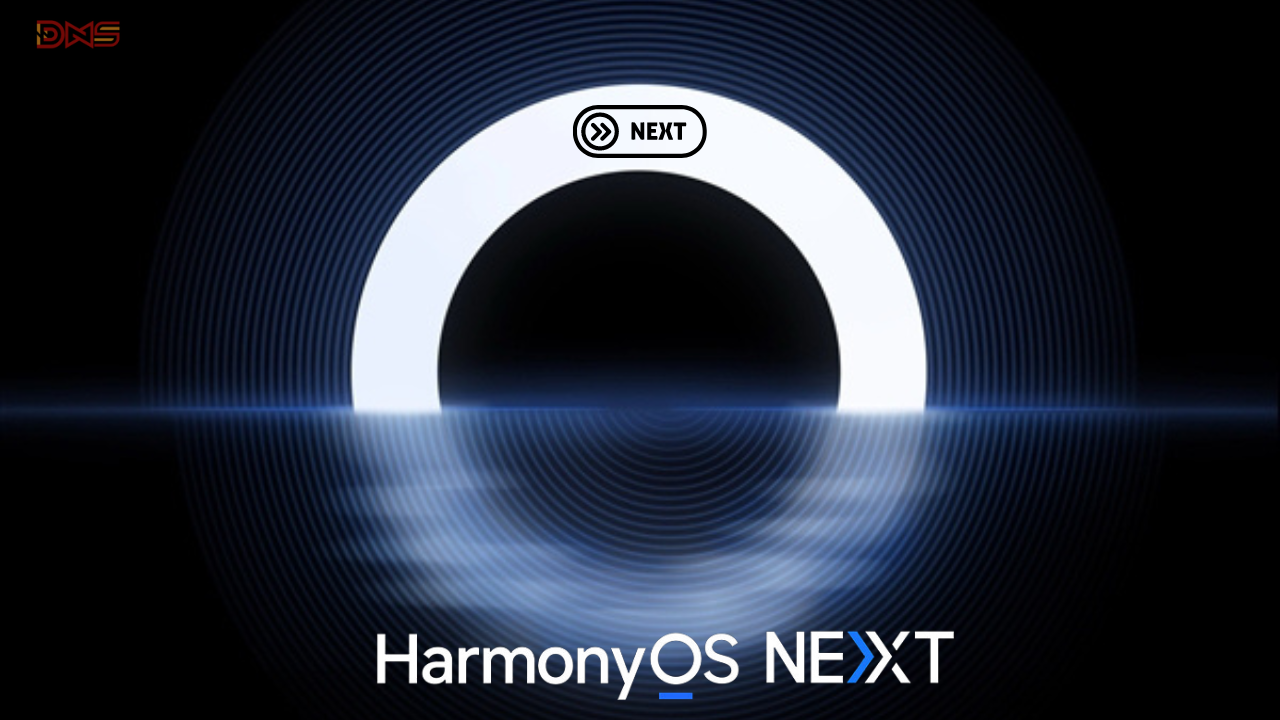
Huawei’s big boss just hinted at exciting new things for their software in 2024! Expect fresh products built on their latest HarmonyOS NEXT system.
During the Fan Club (Pollen) Annual Conference 2023, Yu Chengdong announced that Huawei plans to reveal several advanced products next year. He also predicted the launch of HarmonyOS NEXT products and improved native application experiences in 2024.
The CEO didn’t share when exactly the new software and native applications would be released, but we can anticipate the official reveal to happen in early 2024.
Huawei needs to make HarmonyOS fully independent and essential without relying on Android libraries soon. Hopefully, the company will speed up its efforts in the coming days.
Many app developers, such as Alipay, McDonald’s, HiPaint, Bank of Communications, and others, have joined native app development for HarmonyOS. The goal is to create a strong app ecosystem independent of Android and iOS.
Huawei is set to offer HarmonyOS-based courses, with approval for 55 projects and over 10 universities planning to launch these courses soon.
Huawei plans to introduce apps in more than 18 categories, focusing on digital and financial sectors. According to Yu Chengdong, these native HarmonyOS applications aim to be smoother, smarter, safer, and more comprehensive compared to iOS and Android.






